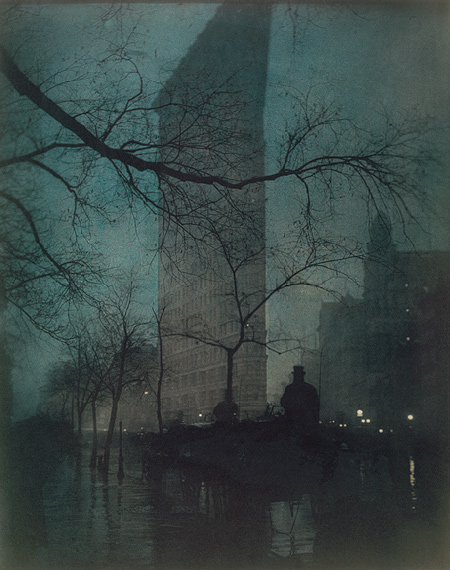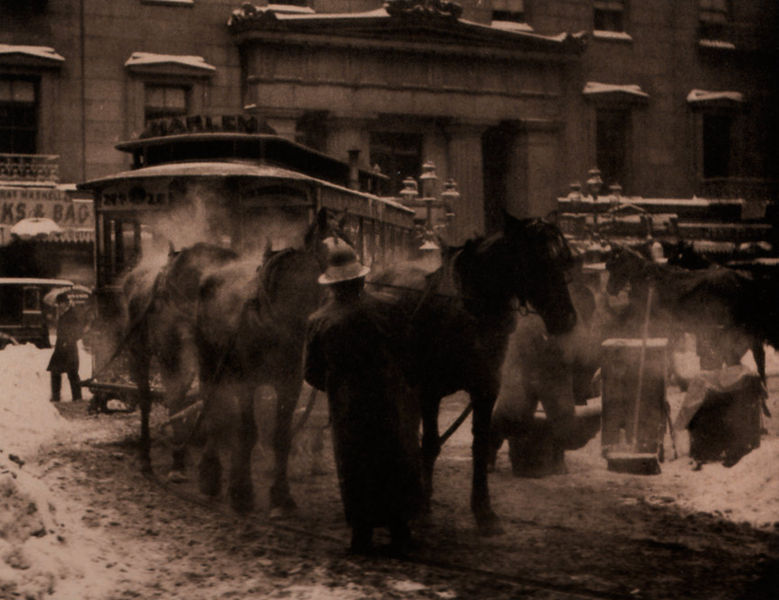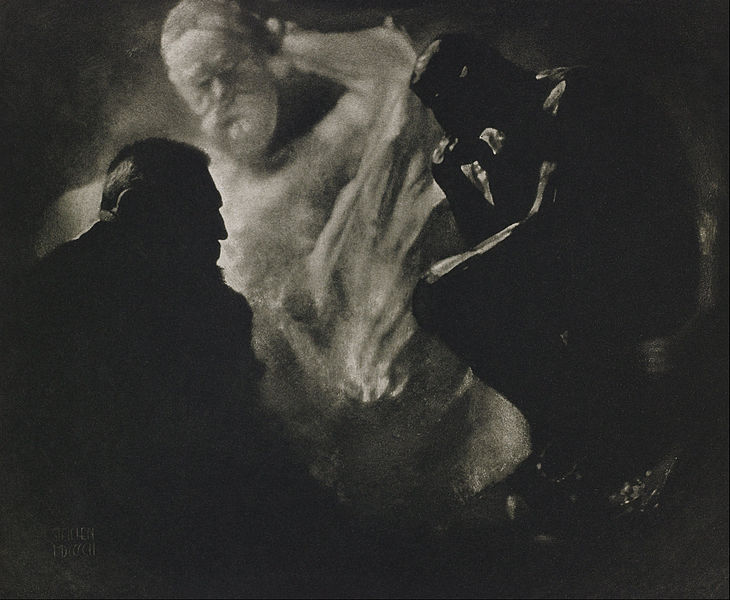
Figure 1 ‘ Edward Steichen “Flat Iron Building, 1904.” From the Wikimedia Commons and in the public domain.
I grew up in New York City and there were many fascinations there for a child – stll are. My favorite place was the American Museum of Natural History. There was an exhibit there about the evolution of the horse. The horse, at one point in our history, was second only to man. New York City at the end of the nineteenth century and early twentieth century was filled with horses. That, of course, was when the exhibit was assembled. But even when I was a boy all this was already fading. We would leave the museum and walk down to Sherman Plaza, where the horse-drawn carriages still gathered to ferry tourists through Central Park. My other memories of horses was the horse head on the garage ,nee stable, across the street from my elementary school PS 61 in lower Manhattan and, of course, the police horses.
Today I pass horses every day on my drive to work. Such are the advantages of living in the burbs. These are beautiful, pampered horses that wear blankets to protect themselves from the cold, and prance about with an aristocratic air. The horses in Manhattan are more of an ambiguity. They are certainly an anachronism. Are they pampered? Are they stressed by the sights and noises of dangerously, heavy traffic? Do they suffer in winter’s cold?
Like the horse-drawn taxis in Sherlock Holmes, they are a remembrance of a century ago. We see them lined up expectantly along Madison Square in Steichen’s “The Flat Iron Building, 1904.” (Figure 1). There they are dim shadows of the past century. There are other horses as well, in Steiglitz’s “Terminal, 1911” (Figure 2) there pulling a tram through the city snow.
New York City’s mayor-elect Bill de Blasio announced on December 30 that “We are going to quickly and aggressively move to make horse carriages no longer a part of the landscape in New York City… “They are not humane. … It’s over.” Does this mean that they horse-drawn carriages, the icon of so many great photographs and films, are soon to be gone? Will the only horses that school children know in New York City be the bronze monuments?It’s all very controversial, and I am not going to enter the fray. Photographically at least, “times they are a-changin’.”


